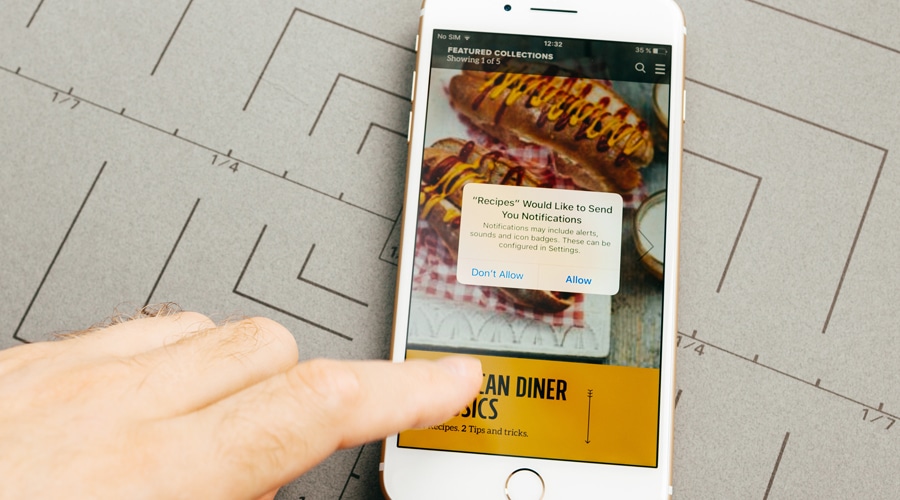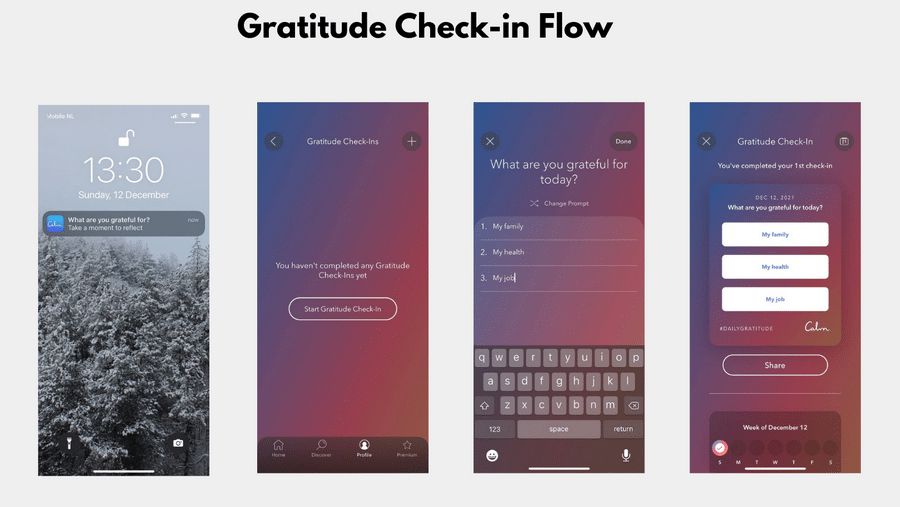Leveraging the Power Of Push Notifications to Increase User Engagement

It’s no secret that push notifications have become an important part of the product and user experience. Push notifications can be used (spoiler alert: and should be) as external triggers to re-engage users as they fall out of their journey, suggesting activities that reinforce the habit of using your app. At my company, CoinStats, we see push campaigns as an integral part of the core product and a key to re-engage with users and hint them to get the main value proposition of our product. Now, before sharing how we leverage the power of push notifications, let me explain why most re-engaging push campaigns fail.
Why Do Most Re-Engaging Push Notification Campaigns Fail?
Usually, most push notifications campaigns try to re-engage with users and win them back to the key product flow by sending them these weird and impersonal attention-seeking push notifications. This is most common among lifestyle and educational apps. They usually send notifications such as “It’s time to do X” or “Come back to finish!”. Moreover, when the user taps on the push notification, they land them back to the main menu or navigation, with no action initiated, leaving users confused and breaking their product experience. Let’s see an example of these kinds of push notifications.
The most famous example of this is Duolingo. Duolingo usually sends notifications to its users and reminds them that it is time for their next Arabic lesson. In addition, they use some personalization, such as mentioning users’ learning streak or the number of XP points they might get if they complete the lesson now. However, in most cases, when the user clicks on the notifications, they land them on the course navigation, and no action will be initiated. On the other hand, their notifications don’t vary much beyond the standard “Take 5 minutes” or “It’s time to do your lesson” contexts.

Push Notifications That Create Curiosity. CoinStats’ Case
At CoinStats, our re-engagement campaigns are based on user journeys. Users get trigger-based re-engagement or engagement campaigns as they move through their journey. Furthermore, we add personalization and specific deep links for each push notification to prevent users from getting generic push notifications.

We use personal data in our push notifications to create curiosity. Moreover, push notifications are usually formulated as questions, so it can be something interesting to tap on and open. If users open the push notifications, they are getting lent to the specific page of the application and not in the main menu. This is created to optimize user experience and conversion rate and prevent user friction as the users can get confused. Lastly, after opening the push, when the user completes the missing action, we’re giving them some reward as a payoff for their hard work. Usually, the rewards are highly connected with our primary value proposition, such as managing their assets from one place or getting detailed analytics on their investments.
One of the typical examples of user journeys at CoinStats is the portfolio connection flow. When users install CoinStats, we take them through the onboarding, where they might pick a few of the crypto portfolios that they use and connect them to CoinStats to manage all their assets from one place. When users lapse from the portfolio connection flow, we send them a personalized abandoned campaign. For keeping some personal attributes in push notification messages, we use the portfolio name that the user tried to connect but lapsed and a specific value proposition that is more likely to interest them based on their portfolios.
Abandoned Push Notification Flow
When a user tries to connect a Binance portfolio to CoinStats, but lapses from the flow. We start sending them a re-engagement push campaign and trying to get them back to the flow. We keep the message personalized by mentioning the name of the portfolio that they’ve tried to connect and redirecting them to their specific portfolio connection page, as pictured in the image above. We use value proposition A/B testings to optimize the push template and increase the open push rates. Additionally, we promise to show them their top gainer and loser crypto coins as a reward if they connect their portfolio.

Push Notifications As a Part of the Core Product. Calm’s Case
Calm, the sleep and meditation app, also gets their re-engagement push notifications campaigns right. They designed their push notifications in a way that it has become a part of the core product. Besides being a part of their core product, push notifications are also essential for their growth strategy, including gamification and viral loops. When users install Calm, they take them through their onboarding flow, where users set up a few daily check-in reminders (e.g., Mood Check-in, Gratitude Check-in, or Daily Calm Reflection). After setting up the reminders, users start to get daily notifications.

The Flow of Gratitude Check-in Daily Push Notifications
After setting up the Gratitude Check-in reminders, users start getting them daily. When users open the daily reminder, Calm lends them a specific screen to input the things they are grateful for today. Calm automatically converts user inputs into a UGC when the check-in is completed and suggests users share it on social media. We can see how Calm uses the re-engagement push notification campaigns to boost their user-generated user-distributed content loop or UGC Social Loop. So, in this loop, a user gets daily reminders, then creates content, then distributes it on social media through sharing it typically for personal or social capital reasons, generating more new users who also set up the reminders and repeat the steps of the loop. On Calm, push notifications are also a part of their gamification strategy. When the user completes the check-in, Calm shows them their streak on a calendar view and asks them to share it on social media. If a user shares another UGC, Social Loop will be getting them new users and repeating the steps of the loop.

Summing Up
When designing push notifications, you need to ensure that they are part of your core product and extend the prior product experience. In product-first companies, building push notifications campaigns or overall multi-channel user engagement campaigns should be divided among the product and marketing teams. On the other hand, if you have a separate growth team, then the owner of building those campaigns should be the growth team. Push notifications should be tailored to boost your growth strategy and optimize the critical business metrics.









